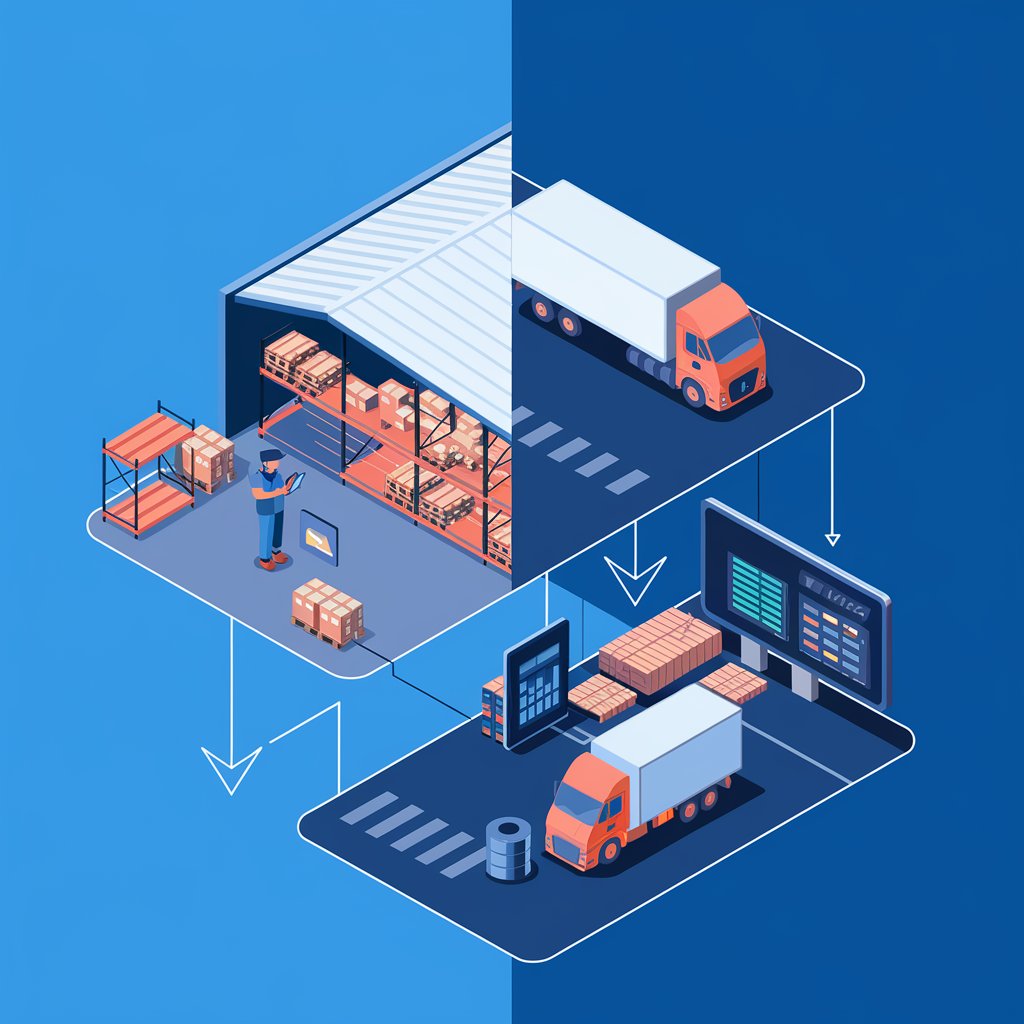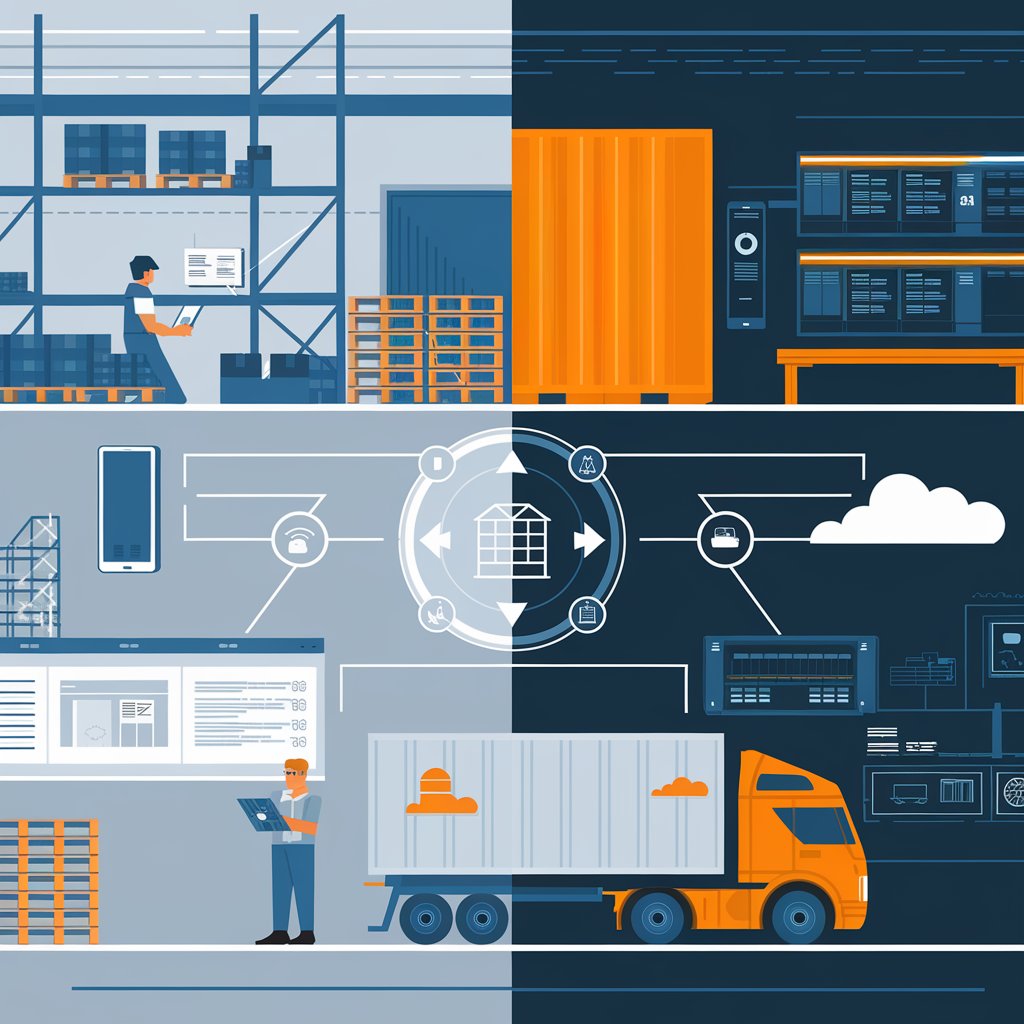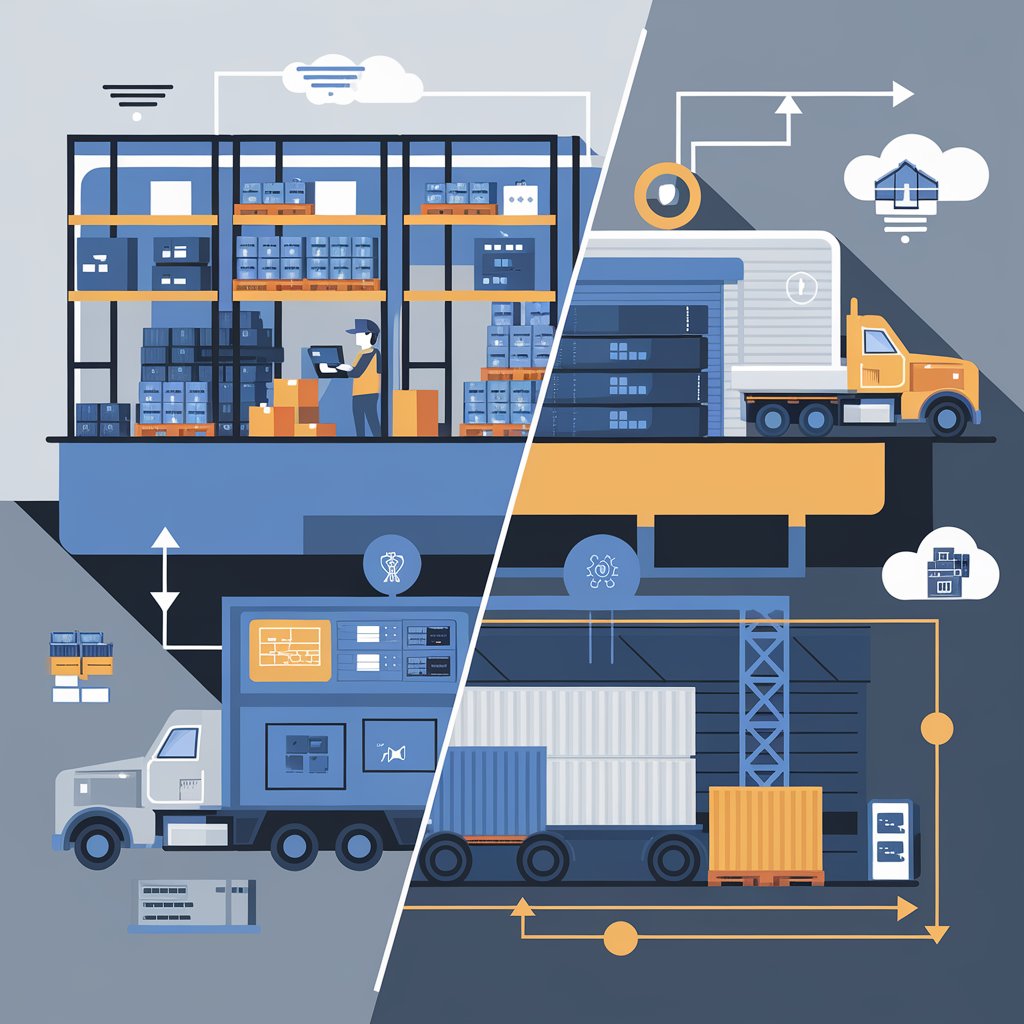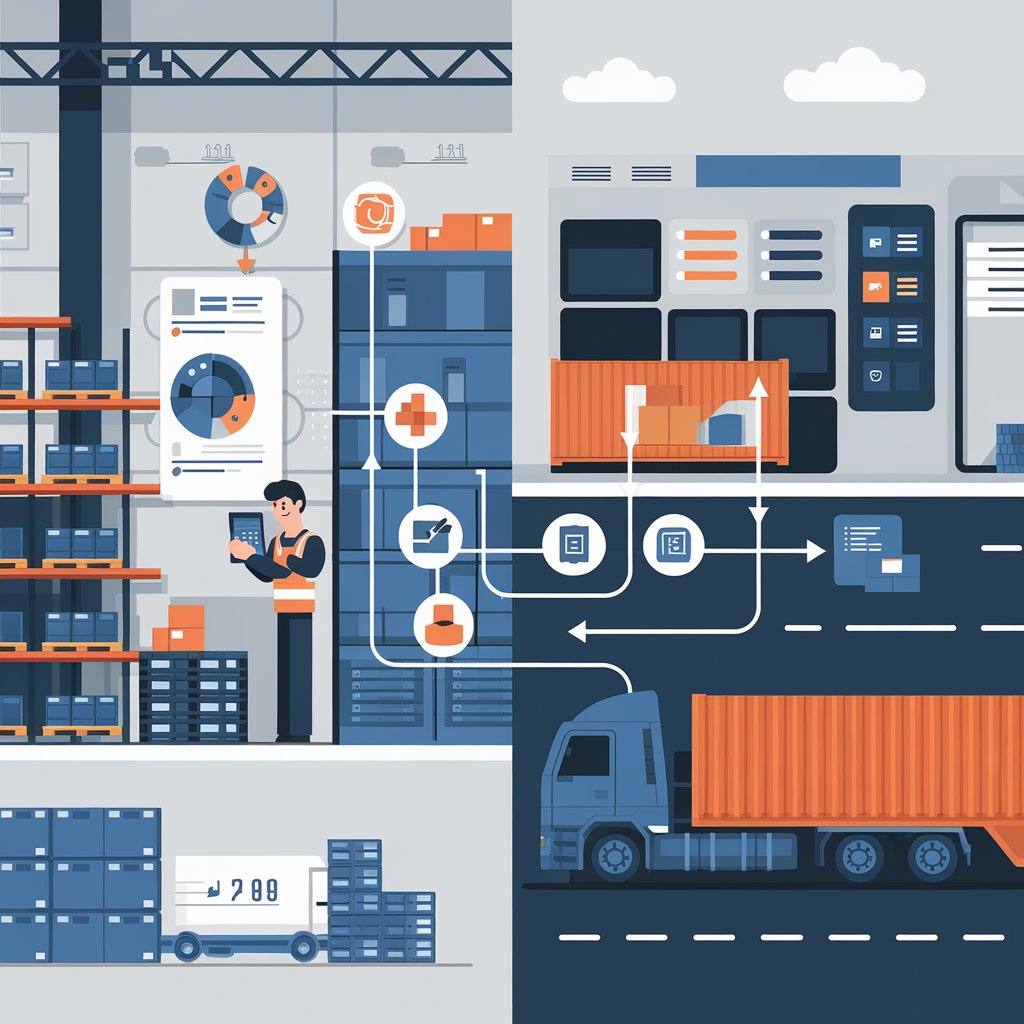Benefits of Integrating WMS with Freight Forwarder Software
But managing warehousing and freight in two separate systems? That creates friction, silos, and missed opportunities.
The real value comes when you integrate WMS with your freight forwarder software.

🧩 What Is WMS + Freight Software Integration?
It’s the process of connecting your warehouse operations with your freight workflows, so that:
- Inventory data flows into shipping modules
- Shipment milestones update warehouse dispatch plans
- Customer visibility spans both warehouse and in-transit status
- Billing, reporting, and documentation are unified
➡️ The result: a single system of truth for all logistics operations—from receiving cargo, to storing it, to delivering it.
🚚 Why It Matters for Freight Forwarders
In today’s environment, logistics customers expect:
- Faster turnaround times
- Real-time inventory visibility
- End-to-end status updates
- Accurate, automated documentation
If your warehousing and freight systems are disconnected, you risk:
- Manual data duplication
- Missed milestones
- Delayed shipments
- Lost visibility across teams
That’s where WMS integration becomes a game-changer.

✅ Key Benefits of WMS + Freight Software Integration
1. 🔄 Synchronized Workflows
No more switching between systems. Receiving, storage, and dispatch automatically align with shipping schedules.
Example: A container is unloaded, and the items are instantly available for pick/pack in the WMS. Once packed, the shipment is created in your freight module—no manual entry.
2. 📦 Accurate Inventory + Shipping Data
When both systems speak to each other, you know exactly what’s in the warehouse, what’s in transit, and what’s being prepped for dispatch.
Result: Fewer inventory errors, better planning, and confident decision-making.
3. ⏱️ Faster Order Turnaround
Integrated systems reduce delays between warehousing and shipping. The moment goods are ready, you can act.
Benefit: Speed up fulfillment for time-sensitive or just-in-time shipments.
4. 📊 Unified Dashboards & Reporting
No more piecing together data from different platforms. A single dashboard shows warehouse stock levels, outbound shipments, and delivery timelines.
Ideal for: Operations managers and customer service teams needing full visibility.
5. 🧾 Automated Documentation
Generate packing lists, shipping labels, invoices, and customs documents—all within the same platform.
Benefit: Save hours on manual paperwork and reduce errors across your workflow.
6. 🧠 Better Customer Experience
Give clients live visibility into both their stored goods and shipments in progress—with branded portals and custom alerts.
Outcome: More trust, fewer emails, and less stress for your team.

🔧 How Linbis Makes It Easy
Linbis offers an all-in-one logistics platform that includes:
- Integrated freight forwarder software
- Built-in warehouse management system
- Unified dashboards for inventory + shipment tracking
- Real-time alerts, automation, and client visibility tools
- Document, CRM, and billing management—all in one place
Whether you’re managing import containers, temporary storage, or eCommerce fulfillment, Linbis WMS + freight integration gives you a streamlined operation from dock to door.
🧠 Who Benefits Most?
This type of integration is ideal for:
- Freight forwarders who manage bonded or multi-client warehouses
- 3PL providers offering warehousing + delivery
- Logistics companies scaling into eCommerce fulfillment
- SMEs wanting to centralize systems and reduce software clutter

🎯 Final Thoughts
In a fast-moving supply chain, silos between warehouse and freight operations create friction. Integrated platforms solve that.
By connecting your WMS with freight forwarder software, you unlock:
- Faster execution
- Fewer errors
- Better data
- Stronger client relationships
And with platforms like Linbis, you don’t need multiple tools or expensive IT projects—just one system, built for logistics professionals like you.
